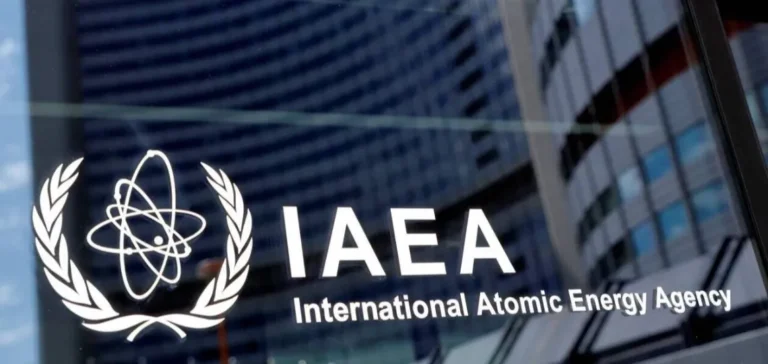The Board of Governors of the International Atomic Energy Agency (IAEA) is set to review a resolution proposed by France, Germany, the United Kingdom and the United States to document the obstacles encountered in verifying Iran’s nuclear programme since the June strikes. This initiative comes as Iran maintains its restrictions on site access, making it impossible to reliably track roughly 440 kg of uranium enriched to 60%.
A legal lever without immediate escalation
Unlike the June resolution, which formally declared a breach of non-proliferation obligations, the new text focuses on the lack of technical cooperation. No new level of infraction is introduced, but the resolution highlights the denial of access to damaged sites and the lack of information about the sensitive stockpile. The sponsors aim to build a robust case ahead of any further move at the Security Council.
Since the reactivation of United Nations sanctions through the snapback mechanism by the E3 in the autumn, multilateral restrictions have already been restored, notably on arms exports and ballistic missile-related activities. This context enables a favourable environment for expanding secondary sanctions, particularly on Iranian oil flows and associated financial circuits.
Implications for the energy sector
The immediate impact on oil markets is driven more by perception than by an actual drop in volumes. Although Iran continues exporting to China through unofficial channels, traders and shipping companies are bracing for tighter surveillance. This could affect operations via third-party flags or shell companies, increasing legal exposure for traders and vessel owners to secondary sanctions.
The liquefied natural gas (LNG) market remains largely unaffected, as Iran is not a major supplier. However, growing regional insecurity supports the diversification strategies of buyers, especially in Europe. The geopolitical risk premium may be reassessed, influencing logistics costs and insurance coverage.
Consequences for companies and financial flows
Banks, insurers and logistics firms operating in the Gulf region are particularly exposed. US and European authorities now have a more solid legal basis to suspend services related to Iranian entities listed for nuclear involvement. Ports, terminals and operators linked to suspicious flows could face asset freezes or enhanced inspection regimes.
Suppliers of dual-use technologies and exporters of sensitive components to the Middle East are facing increased scrutiny. The current resolution reinforces regulatory arguments for stricter screening of industrial orders to the region, particularly for items that may be diverted to nuclear applications.
Risk of broader diplomatic rupture
Iran’s position is hardening with threats of retaliation, including enrichment to 90%, expulsion of inspectors or a possible withdrawal from the Treaty on the Non-Proliferation of Nuclear Weapons (NPT). Such a move would dismantle existing verification mechanisms and reinforce the security rationale for coercive measures, including military options.
For Gulf countries, the situation heightens the need to reassess deterrence and energy security doctrines. The European resolution fits into a broader strategy to seal proliferation pathways ahead of any potential escalation at the Security Council.






















